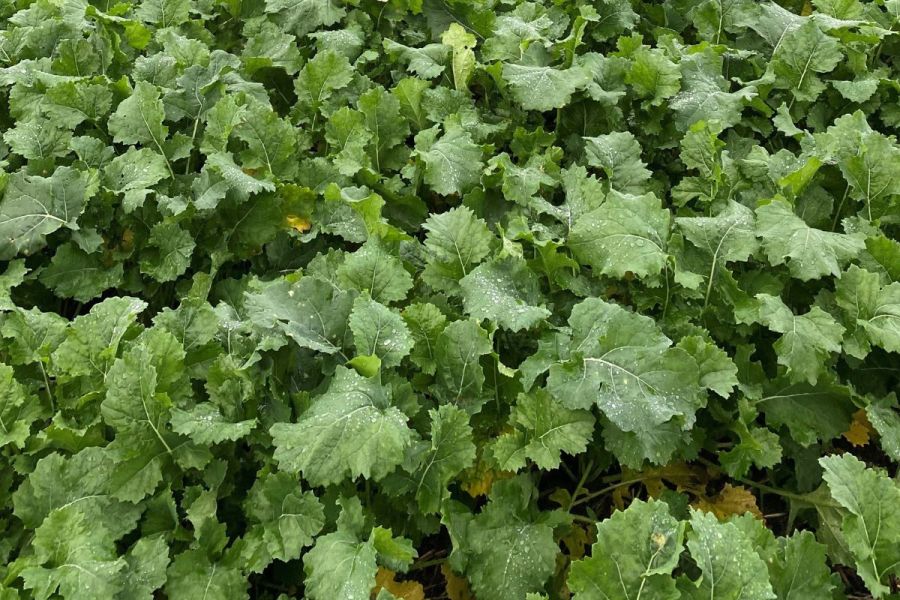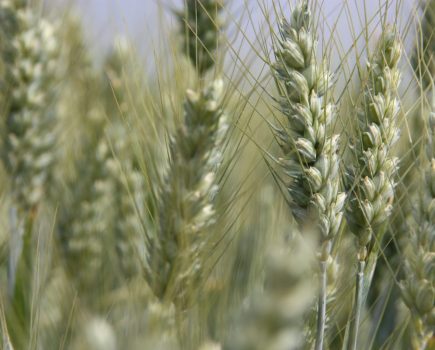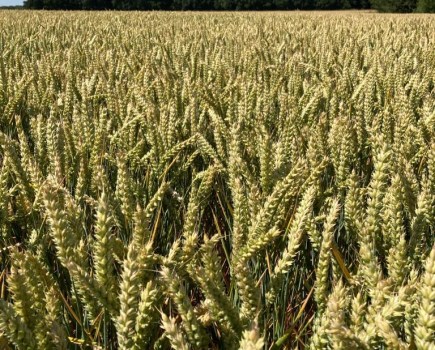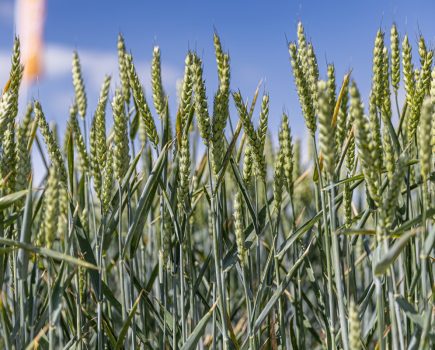Having been a fan of Attica for its consistent performance, farmer Tom Luckin was set to grow the variety again for Harvest 2025, but upon ordering seed, was directed towards LG Adapt by United Oilseeds’ Beckii Gibbs.
Farming 240ha near Arundel in West Sussex, Tom grows wheat, barley, oilseed rape and some pumpkins. Like many others, he’s had challenges with cabbage stem flea beetle and although it’s not been such an issue this year, the crop has instead had to contend with pigeons. “Everything that can eat OSR does, and I keep threatening to stop growing it, yet I continue ordering the seed.
“We’ve returned to using sewage sludge these past two years and this has potentially suppressed the issues from CSFB,” he notes. “However, we also delayed sowing until the end of August when we normally go in as early as the end of July, and I think this helped us avoid the pest.”
Tom takes a flexible approach to cultivations, doing what’s best for the soil and crop at the time. Ahead of Adapt he subsoiled, applied sewage sludge and then drilled the OSR into moist soils using a Väderstad Rapid 600F.
He says the crop grew up and away in the autumn but was unfortunately attacked by slugs. Despite this it came through the winter well, showing good vigour, says Tom. “However, the pigeons did quite a bit of damage and I’d be surprised if some of it ever recovers.”
In terms of inputs, Tom applied AstroKerb (aminopyralid+ propyzamide) in November, has used one fungicide to target phoma and light leaf spot, alongside a trace element dose and has administered a total of 250kgN/ha.
“The crop has produced a good canopy which has meant weeds haven’t been much of a burden, and disease had only just started to creep in when we targeted it. But I expect to apply a second fungicide when the petals start to fall,” he adds.
Tom has earmarked 40ha for OSR next year and would like to see Adapt achieve around 4t/ ha to consider growing it again. “During the years, the biggest influence that’s kept me growing the crop is that the varieties keep getting so much more reliable,” he notes. “Each new variety seems to offer more and with Limagrain’s loaded traits the varieties have really improved.”
This article was taken from the latest issue of CPM. For more articles like this, subscribe here.
Sign up for Crop Production Magazine’s FREE e-newsletter here.




